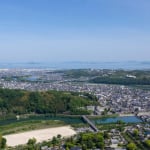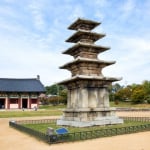Name: Historic Centres of Berat and Gjirokastër
Official/Related Website URL: https://worldheritagesite.xyz/berat/
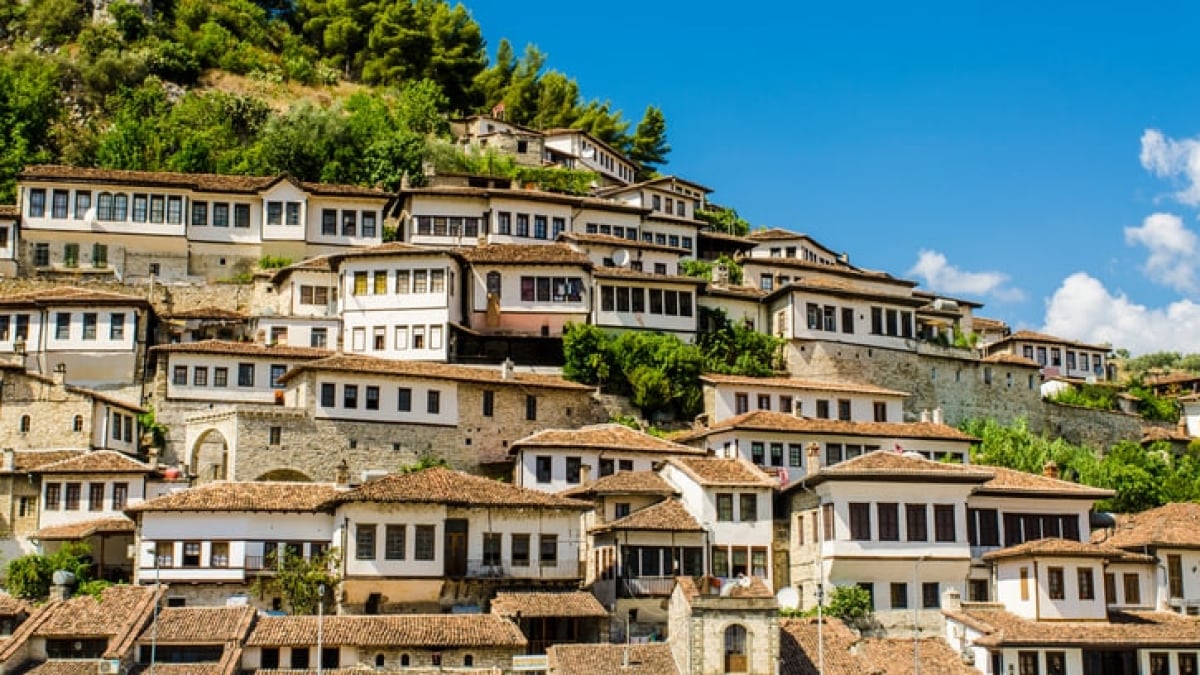
World Heritage of Albania! Highlights of the Historic Districts of Berat and Gjirokastër
Albania is a country located on the southwestern coast of the Balkan Peninsula. Like other Balkan countries, it underwent decommunization following the collapse of the Cold War, but its economically unstable situation may make it less familiar as a travel destination.
In Albania, there are two renowned tourist cities: Berat and Gjirokastër. The stone houses called "kullas" built during the Ottoman period cover the slopes of the mountains, and their historic scenery expresses Albania’s unique traditional culture.
In 2005, Gjirokastër was inscribed as a World Heritage site under the name "The Museum City of Gjirokastër" on its own. Later, Berat was added in 2008, and the current combined designation was established.
table of contents
[x] close
World Heritage of Albania! Highlights of the Historic Districts of Berat and Gjirokastër
What Are the Historic Districts of Berat and Gjirokastër?
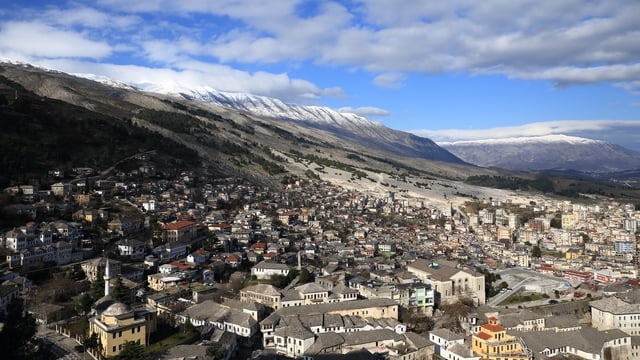
Both Berat and Gjirokastër are said to have had their first fortresses built in antiquity. Gjirokastër was the capital of the Principality of Gjirokastër which existed between 1336 and 1418, but in 1417 both cities were incorporated into the Ottoman Empire.
The "Town of a Thousand Windows" (Berat) and the "Stone Town" (Gjirokastër) with its white-washed buildings were both developed during the Ottoman period as capitals of regional provinces within the empire.
In the 19th century, Albanian national consciousness grew, and Gjirokastër, in particular, became a stronghold of the Albanian independence movement. In 1914, Gjirokastër became the capital of the Autonomous Republic of Northern Epirus, separate from Albania with Tirana as its capital. Today, both Berat and Gjirokastër function not only as tourist destinations but also as important industrial cities within Albania.
Access to the Historic Districts of Berat and Gjirokastër
There are buses running from Tirana, the capital of Albania, to Berat at roughly 2 departures per hour. The journey takes about 2 hours and 30 minutes. It takes an additional 2 and a half hours from Berat to Gjirokastër. There are also long-distance buses from Tirana directly to Gjirokastër, which take approximately 5 hours.
There is also a route to Gjirokastër from Athens, Greece by long-distance bus, which takes about 12 hours.
Recommended Point ①: Berat
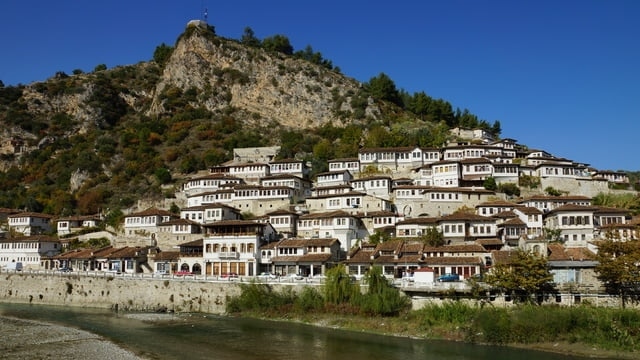
Among the two World Heritage cities, Berat, which is close to the capital Tirana, is a beautiful tourist destination also known as the "Town of a Thousand Windows." With its orange roofs and white walls, and uniform buildings with large windows embedded in them lining the hills, it creates a unique landscape.
In Berat, where the mixture of diverse cultures typical of Albania is very evident, Islam and Christianity coexist on opposite sides of the river. Due to past conflicts over religion and ethnicity, the walls of the houses are equipped with gunloops.
To admire the heritage of this World Heritage town, the best way is to climb up to Berat Castle in the background! From the tip of the fortress built on a rocky mountain, you can enjoy a panoramic view of the town along both banks of the Osum River. The town itself is not very large, so take a leisurely stroll and browse the local craft shops and miscellaneous goods stores while exploring the historic district.
Recommended Point ②: Gjirokastër
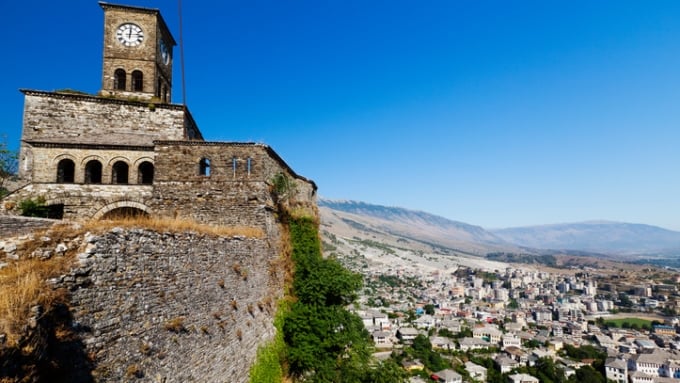
In contrast to Berat, known as the "Town of a Thousand Windows," Gjirokastër is called the "Stone Town." The architectural style is similar to Berat’s, but because the roofs are black, the entire town is rendered in a monochrome palette of white, gray, and black, exuding a calm atmosphere.
Gjirokastër also has a sturdy ancient castle perched atop a hill overlooking the town. At the tip of Gjirokastër Castle is a clock tower that has become the town’s trademark. From within the castle, looking down on the town of Gjirokastër, you can see rows of gray, stone-roofed houses and enjoy a unique view distinct from both Europe and Asia, showcasing Albania’s unique scenery.
Not only the castle walls remain, but also the structures of the fortress are preserved and now serve as a weapons museum. The main exhibits include American military weapons used during the Cold War in Albania, as well as medieval weapons, which are quite interesting. In addition, outside the castle walls, U.S. military fighter jets are on display, providing an unusual combination of the old town, the ancient castle, and vintage fighter jets—a photo opportunity that is hard to come by.
Recommended Point ③: The Bazaar
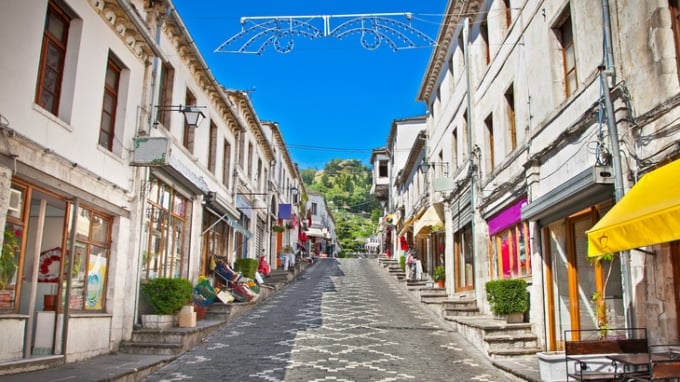
At the center of Gjirokastër is an old shopping street called the "Bazaar." This area, which encapsulates the diverse culture that was key to the World Heritage inscription of Gjirokastër, is lined with craft shops, souvenir stores, cafés, grocery stores, and clothing shops. Not only can you find Albanian souvenirs, but you can also experience the local lifestyle of Gjirokastër.
In addition, one mosque built during the Ottoman period still remains. You can also spot several Turkish-style buildings here and there. Turkish-style buildings are immediately recognizable because their second floors extend further than the first.
◎ Summary
The historic districts of Berat and Gjirokastër, registered as a combined World Heritage site, encompass two cities that are about 4 hours apart by car but share the common history of Albania's complex past. Each city is unique with its own points of interest—so be sure to visit both and follow the traces of history that have earned them their World Heritage status.
RELATED ARTICLES
REGIONS
CATEGORIES
FEATURED ON Guide
-
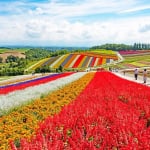
Where will you go for the summer vacation? Introducing recommended spots for domestic travel
-

Kaizu City’s Recommended 7 Tourist Spots. Enjoy the Culture and History Nurtured by Wajū!
-
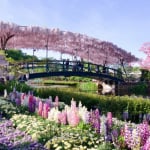
What Makes Ashikaga Flower Park So Special? A Treasure Trove of Photo-Worthy Spots!
-
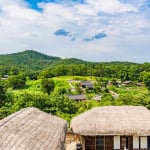
600 Years of Radiant Tradition: Korea’s Historic Villages of Hahoe and Yangdong
-

Two-Colored Seas and a Pink Beach! 4 Must-Visit Spots in North Eleuthera
MOST POPULAR ON Guide
-
 1
1Doha: Must-see Attractions in the Capital of Qatar
-
 2
2Toronto: 10 Things to do in this Picturesque Canadian City
-
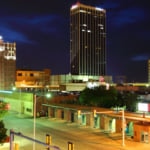 3
3Amarillo: A City Famous for It’s Amazing Canyons, Great History and Music
-
 4
4South Korea: Dazzling Scenery, Rich Culture and Fascinating History
-
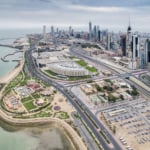 5
5Kuwait: A Country in Middle East Asia Famous for Hot Sand Dunes and Stunning Cityscape


